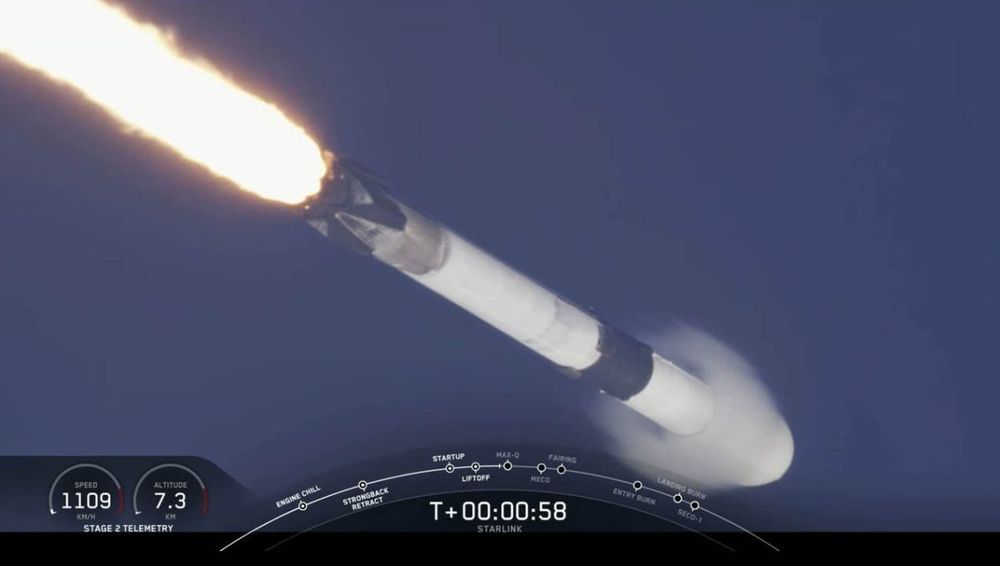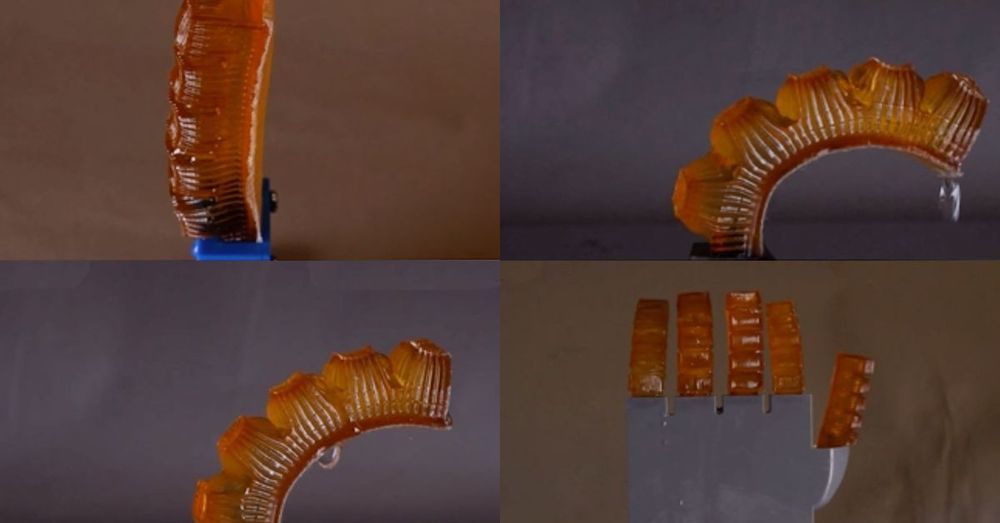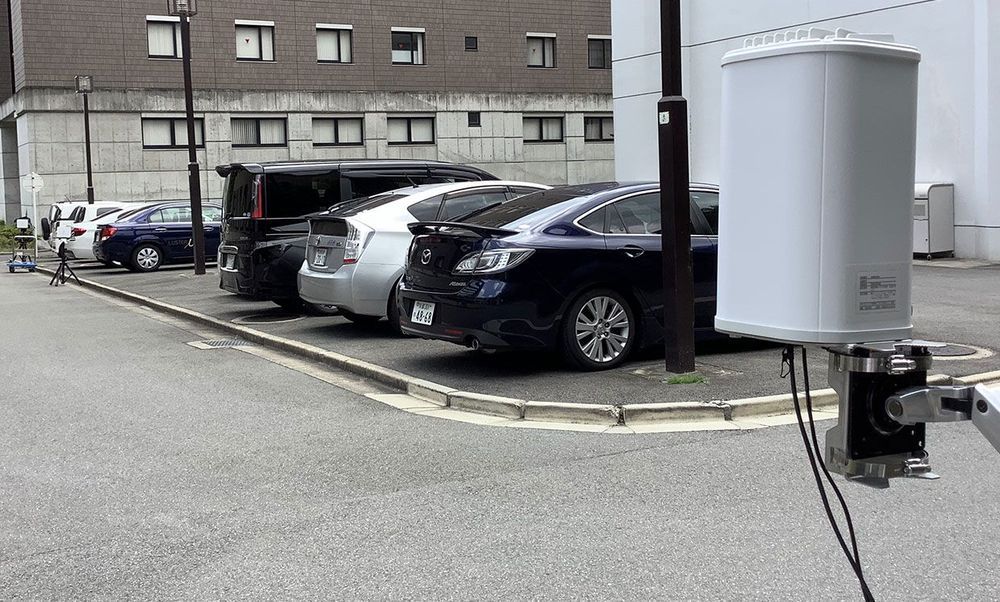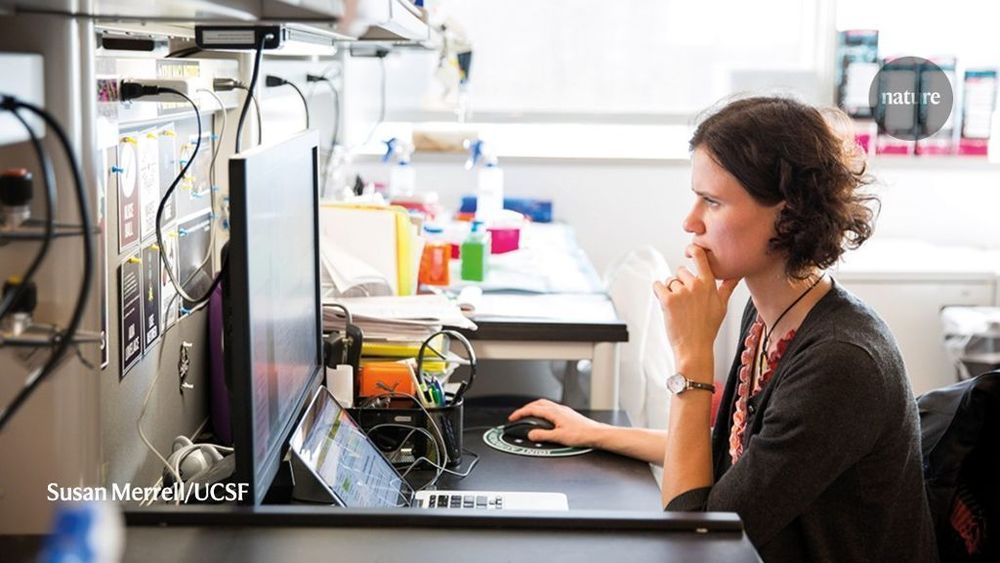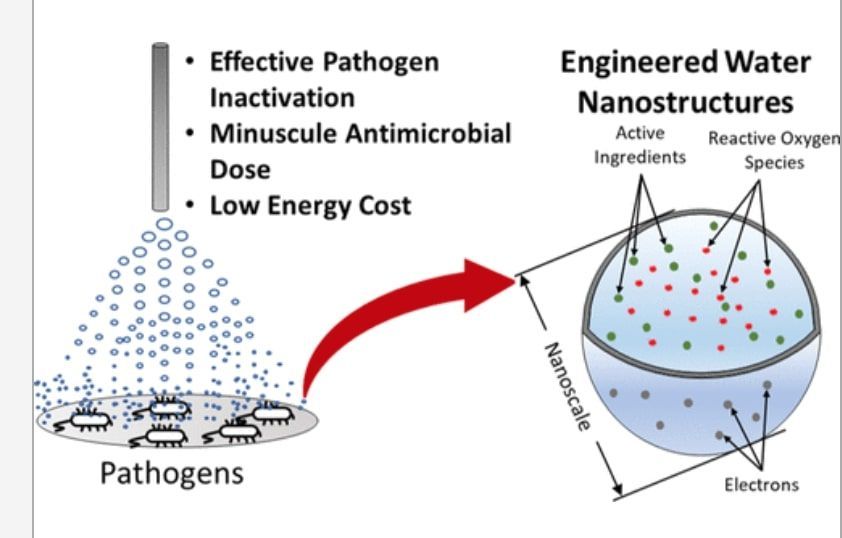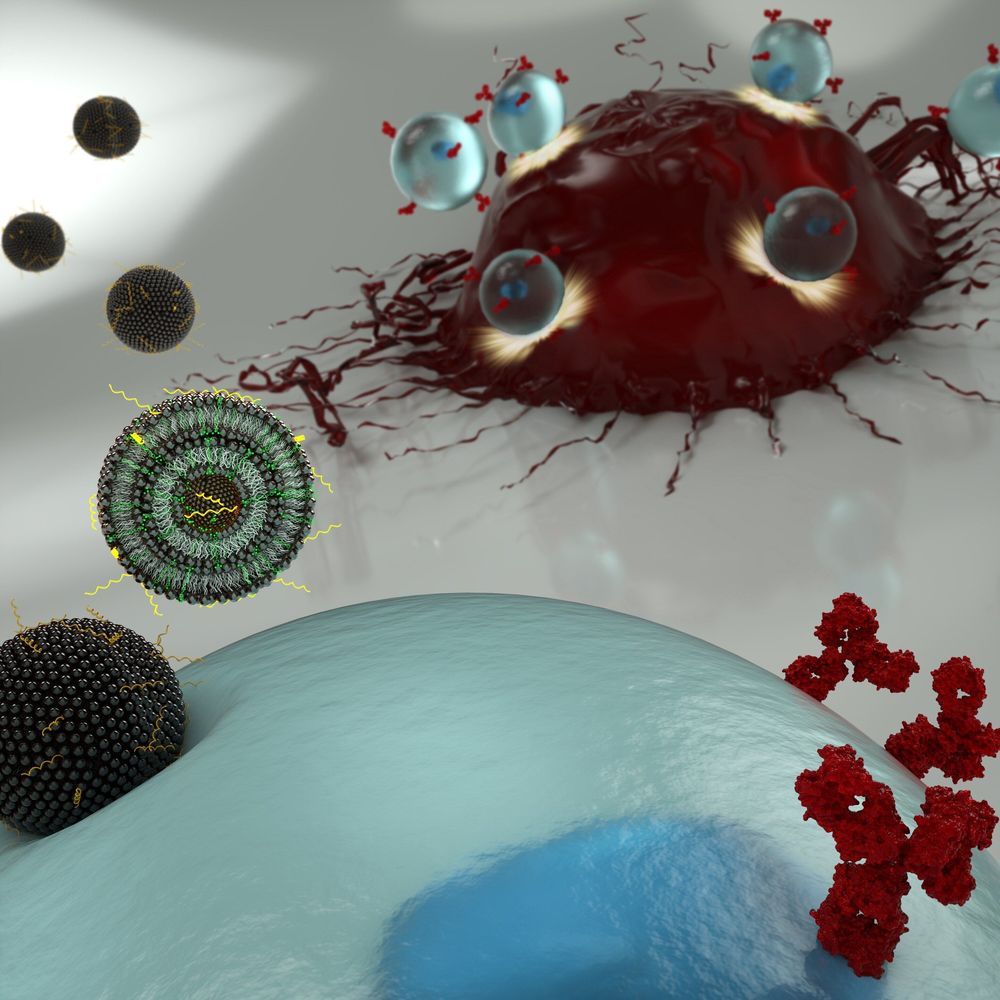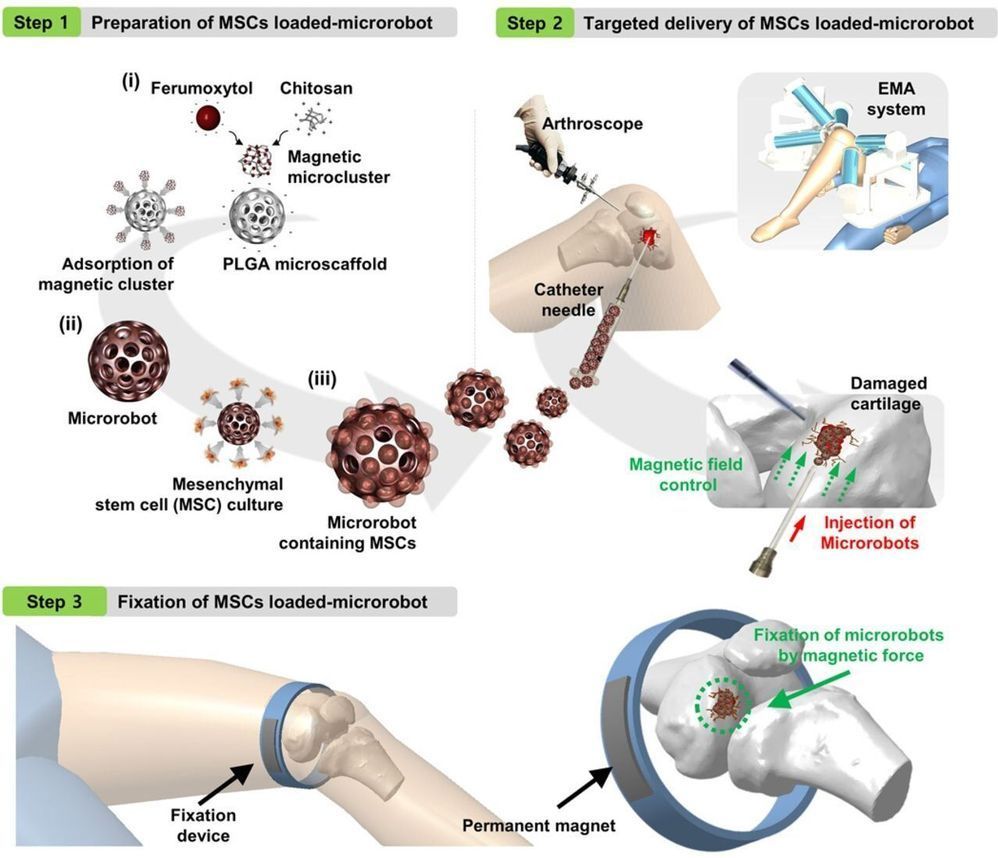Japan is constructing an 18-meter-tall, 25-ton Gundam robot powered by a combination of electric and hydraulic actuators.
Japan has had a robust robot culture for decades, thanks (at least in part) to the success of the Gundam series, which are bipedal humanoid robots controlled by a human who rides inside of them. I would tell you how many different TV series and video games and manga there are about Gundam, but I’m certain I can’t count that high—there’s like seriously a lot of Gundam stuff out there. One of the most visible bits of Gundam stuff is a real life full-scale Gundam statue in Tokyo, but who really wants a statue, right? C’mon, Japan! Bring us the real thing!
Gundam Factory Yokohama, which is a Gundam Factory in Yokohama, is constructing an 18-meter-tall, 25-ton Gundam robot. The plan is for the robot to be fully actuated using a combination of electric and hydraulic actuators, achieving “Gundam-like movement” with its 24 degrees of freedom. This will include the ability to walk, which has already been simulated by the University of Tokyo JSK Lab:
As we all know, simulation is pretty much just as good as reality, which is good because so far simulation is all we have of this robot, including these 1/30 scale models of the robot and the docking and maintenance facility that will be built for it:
